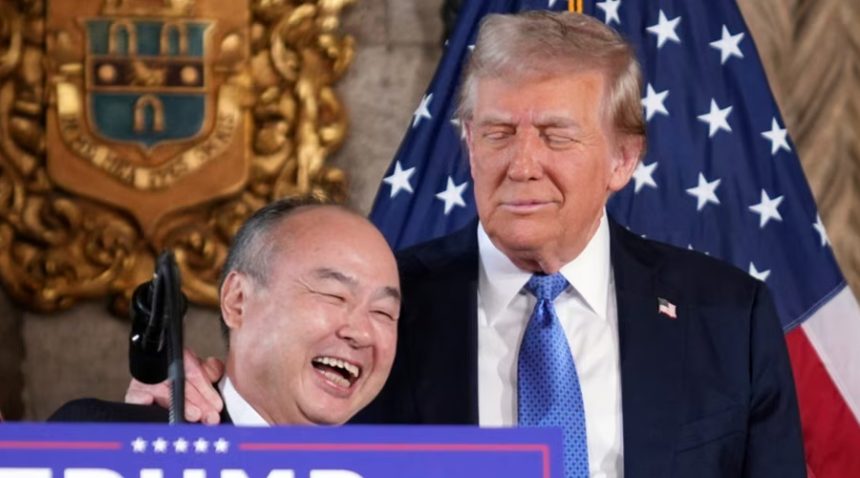US GDP shrank 0.5% in Q1 2025 due to a sharp rise in imports and falling consumer spending, marking the first contraction in three years.
The US economy shrank in the first quarter of 2025, according to revised data showing a 0.5 percent contraction at an annualized pace. This statistic indicates a more dramatic admission compared to the previous study by the department, which stated that the economy had declined by 0.2 percent, and it is the first negative growth in the economy after three years.
The new evaluation contradicts the economists’ expectations that no significant adjustment would be made in the final revision. The Gross Domestic Product (GDP) is a key indicator of the economy’s overall performance, as its growth rate was 2.4 percent in the preceding quarter of 2024.
Imports made a tremendous difference to the Q1 results, as the level of importation increased by 37.9 percent, the quickest since 2020. As companies and households scrambled to buy goods before tariffs were imposed, this rise deducted almost 4.7 percentage points from the total GDP.
Consumer Confidence and Spending Show Signs of Weakening
Consumer spending slowed significantly between January and March. It increased to just 0.5% compared to 4% in the last quarter. The Commerce Department blamed low recreational and international travel costs as fundamental factors in the downward adjustment. Economists observed that such changes may represent an increasing wait-and-see apprehension in the consumer base.
Consumer sentiments also dropped, as reported by the Conference Board. In June, its confidence index decreased to 93, down from 98.4 in May. Short-term optimism regarding income, business conditions, and employment lowered to 69, far below the scale many consider indicating the arrival of the recession, at 80.
Halfway through 2019, the contraction occurred as concerns grew regarding trade tensions, particularly those implemented during Donald Trump’s presidency. Tariff announcements have caused market volatility, resulting in low business and consumer confidence.
Underlying Economic Indicators Offer Mixed Signals
The main category of GDP, which includes consumer spending and private investment, and excludes exports and government spending, increased at a 1.9% rate. This is a drop from the 2.9 percent, a positive figure registered in the last quarter. The decline in federal government expenditures was also 4.6 percent, the largest drop in 2022.
Economists believe the short-term effect of the Q1 increase in imports will be phased out in the following quarter. According to FactSet forecasts, GDP is expected to grow at a 3% growth rate in Q2 2025, and the initial report will be provided on July 30.





